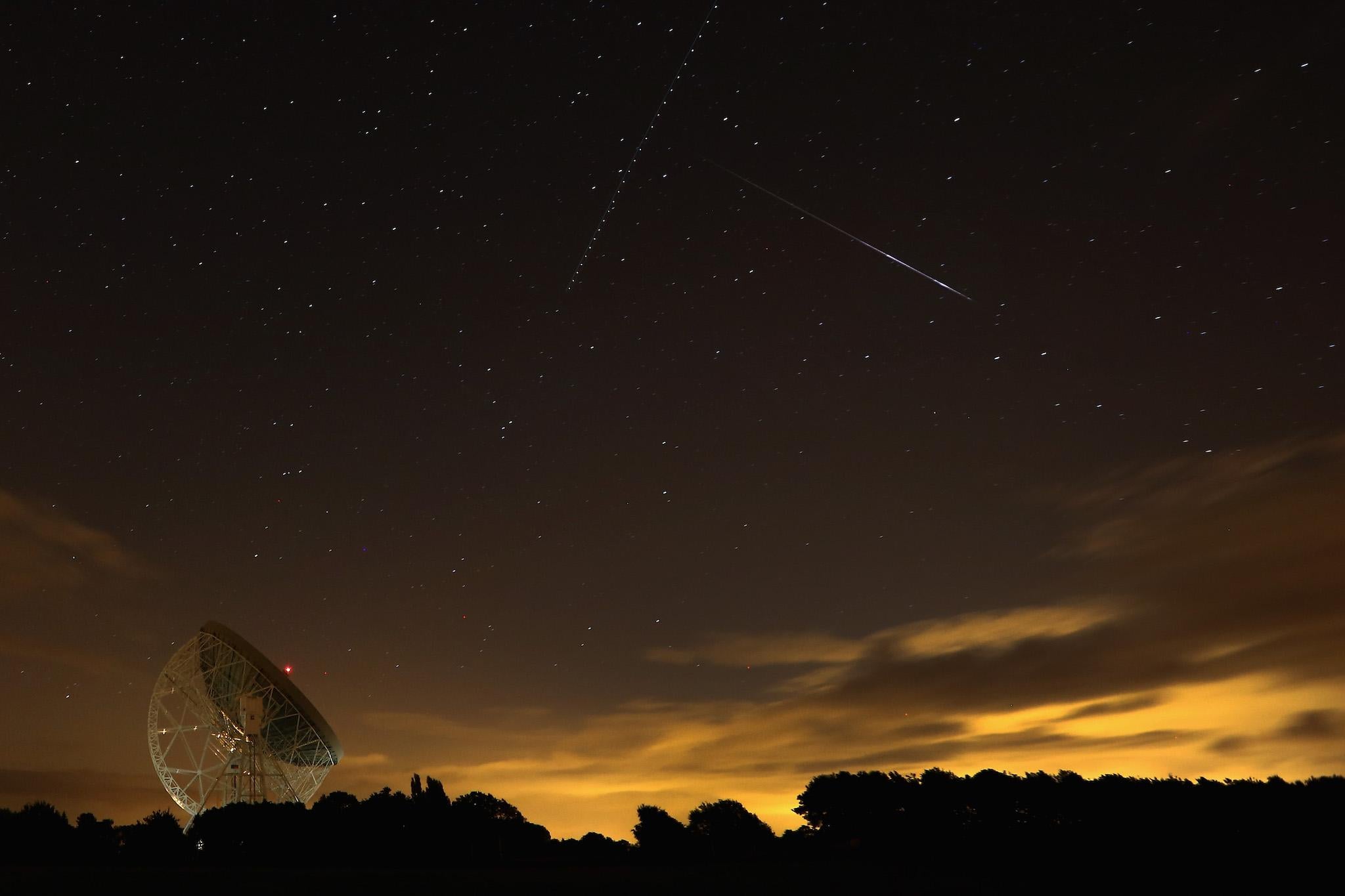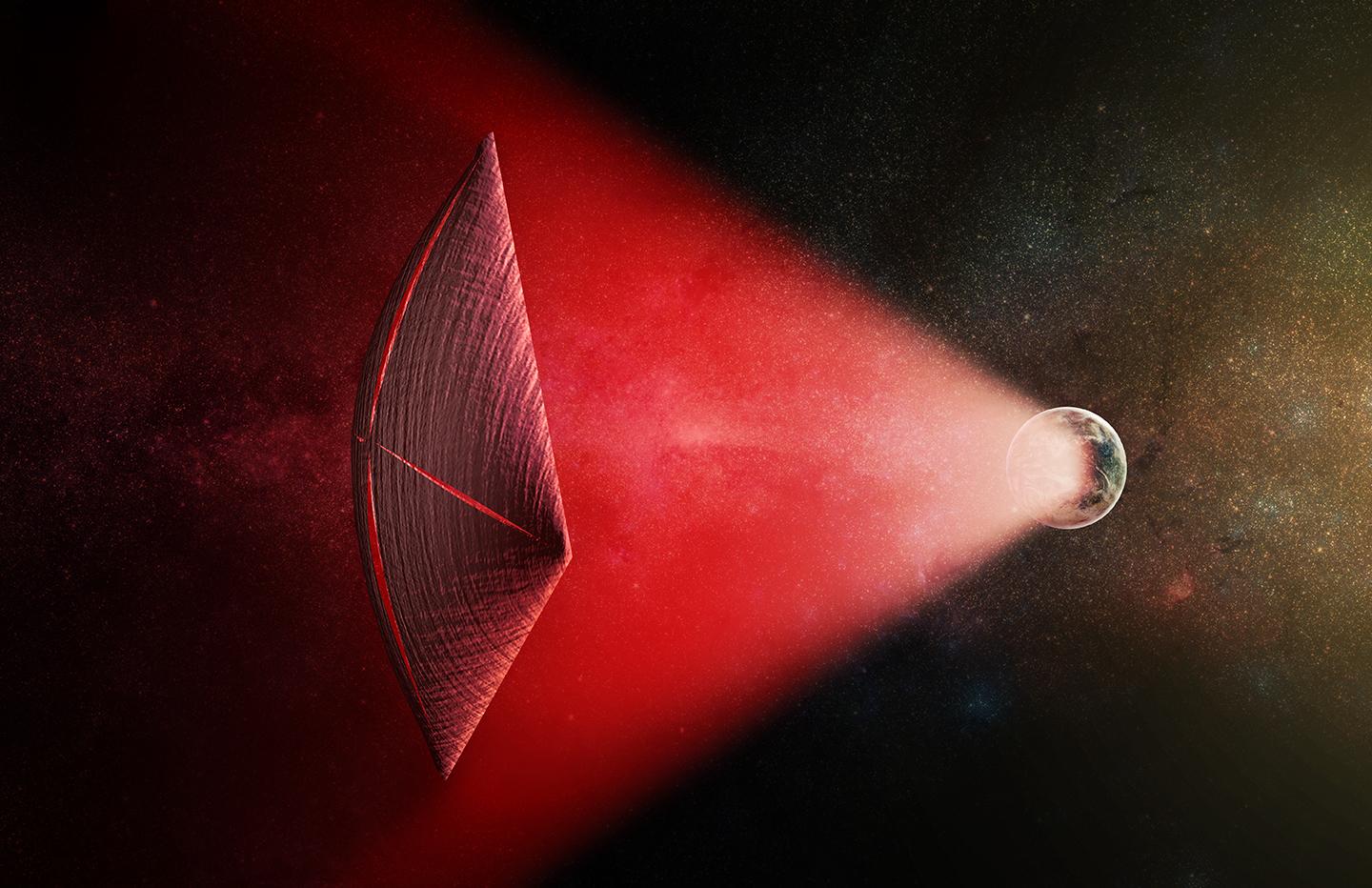Humanity might have received a signal from aliens that it isn’t checking, says Harvard professor
Strange messages received on Earth could be leakage from a huge light-powered spaceship, says Avi Loeb

Your support helps us to tell the story
From reproductive rights to climate change to Big Tech, The Independent is on the ground when the story is developing. Whether it's investigating the financials of Elon Musk's pro-Trump PAC or producing our latest documentary, 'The A Word', which shines a light on the American women fighting for reproductive rights, we know how important it is to parse out the facts from the messaging.
At such a critical moment in US history, we need reporters on the ground. Your donation allows us to keep sending journalists to speak to both sides of the story.
The Independent is trusted by Americans across the entire political spectrum. And unlike many other quality news outlets, we choose not to lock Americans out of our reporting and analysis with paywalls. We believe quality journalism should be available to everyone, paid for by those who can afford it.
Your support makes all the difference.Scientists might have found proof of alien life but misunderstood it, according to a professor at Harvard University.
Strange radio waves that have been reaching Earth might actually be leakage from a huge, light-powered ship deep in space.
Fast radio bursts (FRB), which have perplexed scientists since they were discovered in 2007, could be evidence of advanced alien technology, according to Avi Loeb of the Harvard-Smithsonian Centre for Astrophysics. Researchers, however, remain far from establishing whether the source of these “messages” is what Loeb speculates it is – leakage from planet-sized transmitters that are powering interstellar probes in distant galaxies.
“Fast radio bursts are exceedingly bright given their short duration and origin at great distances, and we haven’t identified a possible natural source with any confidence,” Loeb has said. “An artificial origin is worth contemplating and checking.”
Fast radio bursts are flashes of radio emissions lasting milliseconds whose source is yet to be identified. They were first picked up in 2007 when scientists came across data that showed a burst had occurred in 2001. While few have happened since that time, scientists have discerned that FRB arrive in apparently organised patterns.
Loeb and fellow Harvard academic Manasvi Lingam have explored whether the messages could emanate from a radio transmitter, in a paper to be published by The Astrophysical Journal Letters. This would require a planet-sized solar-power generator to pelt messages across the galaxy.
Such technology is far beyond human capability now, the Harvard scientists note, but it is not beyond the laws of physics or out of the reach of a very developed alien civilisation.

Loeb and Lingam found such a technology would require so much energy it would just end up melting itself – unless it were water-cooled and twice the size of the Earth.
What is less clear is why an alien civilisation would build such a thing in the first place. But the researchers speculate that the energy being sent out is driving interstellar light sails, where spacecraft ride along on light waves in the same way a boat moves through the ocean. Whatever is generating the FRBs is powerful enough to push around something weighing a million tons, or about 20 times the biggest cruise ships ever built.
“That’s big enough to carry living passengers across interstellar or even intergalactic distances,” said Lingam.
To power such a craft the transmitter would have to be constantly pointing its beam towards wherever the ship was in space. If that were happening we would only pick up brief flashes of energy because the ship itself, the planet powering it, and its own star and galaxy would all be constantly moving too.
That would explain why the burst comes to Earth repeatedly but intermittently. (Scientists haven’t been able to explain FRB patterns with reference to the huge astrophysical events required to dispatch huge amounts of energy towards us.)
It would also explain the frequency that the radio waves are pitched at. The optimal frequency for powering such a light sail is similar to the FRBs that have been detected, according to the professors.
Loeb says that his work is speculative and that more work must be done to check whether such an idea would be possible. It doesn’t matter whether or not he believes that they are caused by aliens, he said.
“Science isn’t a matter of belief, it’s a matter of evidence. Deciding what’s likely ahead of time limits the possibilities. It’s worth putting ideas out there and letting the data be the judge.”
The paper, “Fast Radio Bursts from Extragalactic Light Sails”, is already available online.
It speculates on the mass of the hypothetical light sail and the angular velocity that any beam would be sent at.
Join our commenting forum
Join thought-provoking conversations, follow other Independent readers and see their replies
Comments